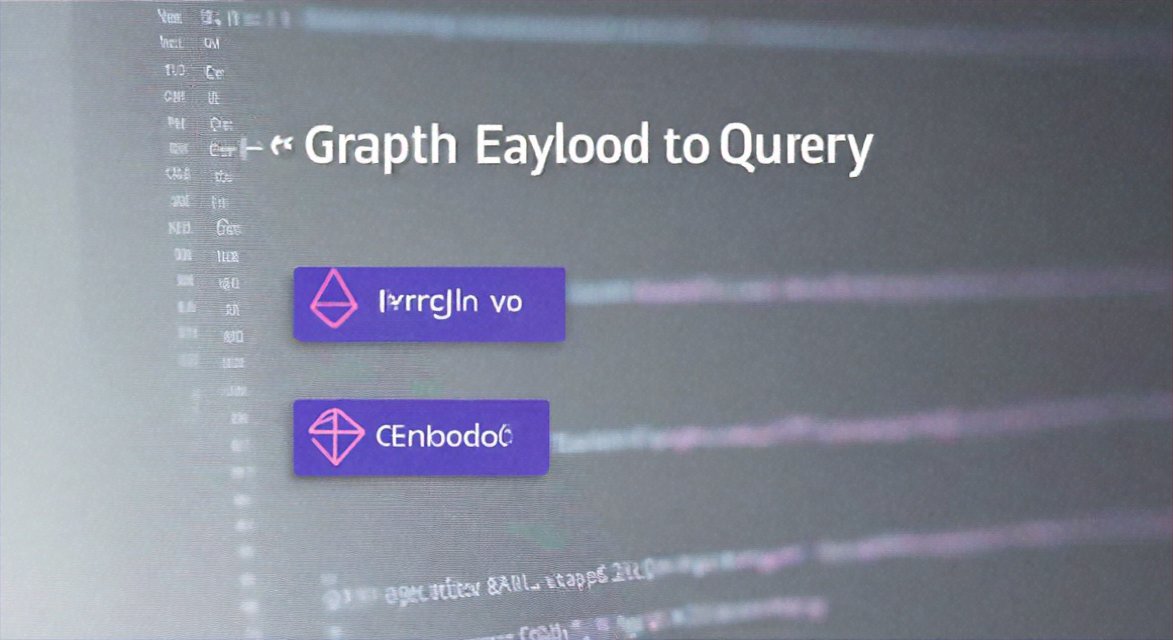From Payloads to Powerhouse: Enhance Your Data Retrieval with GraphQL Queries 🚀

In the ever-evolving world of web development, the need for efficient and flexible data retrieval has never been more crucial. One of the most powerful tools in this arsenal is GraphQL, a query language for APIs that provides a more efficient and powerful alternative to traditional RESTful APIs. This article will delve into how you can convert payload data into GraphQL queries, unlocking the full potential of this powerful technology.
Understanding Payloads and GraphQL Queries
What is a Payload?
A payload is a collection of data that is sent from a client to a server. It typically contains information that the server needs to process, such as user input, configuration settings, or any other data required for the server to perform a task.
What is a GraphQL Query?
A GraphQL query is a request for data from a GraphQL server. It allows clients to specify exactly what data they need, reducing the amount of data transferred over the network and improving performance.
The Conversion Process
Step 1: Analyze the Payload
The first step in converting a payload to a GraphQL query is to analyze the payload and understand the data it contains. This involves identifying the different data types, relationships, and any constraints or conditions that may apply.
Step 2: Define the GraphQL Schema
Once you have a clear understanding of the payload, you need to define a GraphQL schema that represents the data structure. This schema will include types, queries, mutations, and subscriptions, depending on the requirements of your application.
Step 3: Map Payload Data to GraphQL Queries
With the schema in place, you can now map the payload data to the corresponding GraphQL queries. This involves identifying the appropriate fields and arguments for each query, and ensuring that the data types match.
Best Practices for Conversion
1. Keep Queries Simple and Focused
One of the key advantages of GraphQL is its ability to retrieve exactly the data needed. To make the most of this, it's important to keep your queries simple and focused, avoiding unnecessary complexity.
2. Use Aliases for Field Names
If the field names in your payload differ from those in your GraphQL schema, use aliases to map them correctly. This ensures that the data is retrieved and displayed as expected.
3. Handle Relationships and Nested Data
When dealing with nested data, make sure to include the necessary relationships in your GraphQL queries. This ensures that all the required data is retrieved in a single request, reducing the number of network calls.
4. Optimize Query Performance
To improve query performance, consider using techniques such as query batching, caching, and pagination. These techniques can help reduce the load on your server and improve the overall user experience.
Real-World Example
Let's consider a simple example where we have a payload containing user data, and we want to convert it into a GraphQL query.
json { "user": { "id": 123, "name": "John Doe", "email": "john.doe@example.com", "address": { "street": "123 Main St", "city": "Anytown", "state": "CA", "zip": "12345" } } }
To convert this payload into a GraphQL query, we would define a schema with a User type and an Address type, and then create a query that retrieves the user data along with their address information:
graphql query { user(id: 123) { id name email address { street city state zip } } }
Conclusion
Converting payload data to GraphQL queries is a powerful way to enhance your data retrieval capabilities. By following the steps outlined in this article and adhering to best practices, you can unlock the full potential of GraphQL and create more efficient, flexible, and scalable APIs.
References
- "What is GraphQL?" GraphQL.org
- "GraphQL vs REST: A Comparison" Medium
- "How to Design a GraphQL Schema" Dev.to
- "Optimizing GraphQL Queries" Dev.to
- "Understanding GraphQL Subscriptions" Medium
🔗 1. GraphQL.org 🔗 2. Medium 🔗 3. Dev.to 🔗 4. GraphQL Subscriptions 🔗 5. GraphQL Schema Design

